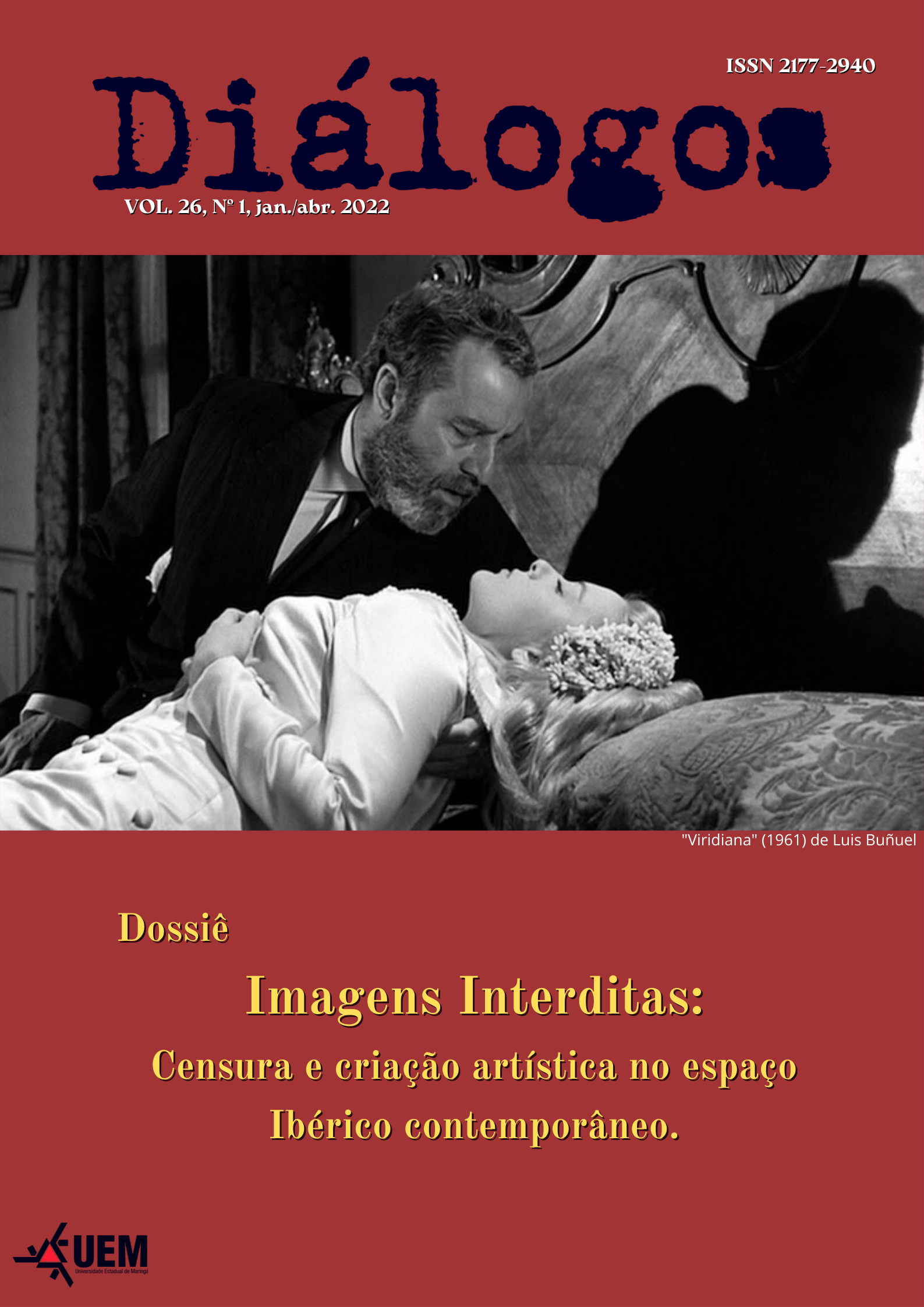

What is the difference between images that pass before our eyes and those produced by our imagination? Which are the most powerful and "subversive" ones? What justifies censorship? The images themselves, or their purposes and uses? Is it the images that are censored or rather what we think about and make later with them? The tension between visibility and invisibility, between seen image and imagined image, addresses us to the complex relationships between literature and visual arts.
The attempt to control public discourse by legitimizing certain voices and silencing others is undoubtedly one of the main aims of censorship. This is closely linked to the exercise of state coercion and its goal is to impose an ideology under the pretext of protecting society values.
Much of the Iberian twentieth century was marked by censorship imposed by dictatorial regimes (especially the Estado Novo and the Franco regime) that targeted all forms of expression, especially the media, cinema and literature. At the same time, resistance phenomena (either openly or veiled) arise, resulting in movements such as the neorealism in Portugal or the tremendismo in Spain. In this country, after the end of the Civil War, a large part of the intellectuals emigrated, thus building an impressive exile literature, telling an alternative version to the official history of the victorious regime.













